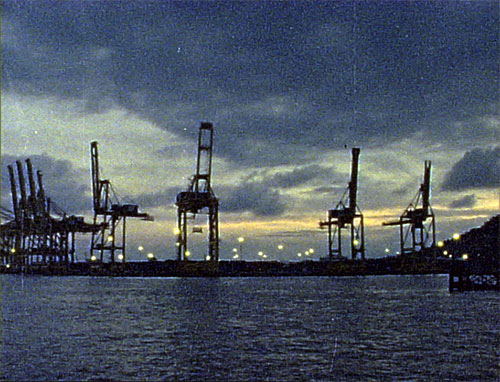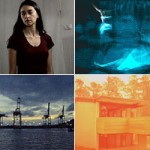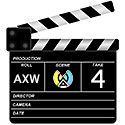MEMORAIS; (2012); Ana Rodríguez León; TRT: 7.01
Moments before than the Earth explodes, a woman remembers her relationship with a man.
Moments before than the Earth explodes, a woman remembers her relationship with a man at the beginning of the 21st century. But soon, the border between what really happen and what could had happen, vanishes. The woman would try to find some kind of truth before than, in the end, the world and her memories, get lost in the darkness of the night.

What inspired you to make MEMORAIS?
On one side, there was the aim to make a film about the nature of memory but in a science fiction context. That idea of joining an extreme future with a far away past felt like an attractive point of departure to me.
At that time, I was reading Poe’s tales, and there were two of them “The colloquy between Monos and Una”, and- specially- “The conversation of Eiros and Charmion”, which presented an apocalyptic scene, a world after the death of the Earth— these amazing tales were so inspiring to me.
On another side, I wanted to work with some images that I had recorded in a touristic ship called “Las golondrinas”, in Barcelona. I couldn’t had used these Super 8 images in my previous work Bell & Howell 2146 XL, and I really wanted to work with them, because these ship and its views are part of the memories of almost everybody who has born or lived for a long time in Barcelona. They were naturally tied with my own memories, so I could write more easily the character ones.
I tried to put the pieces all together, and create a story. What resulted, was MEMORAIS.
Your work has used memories as its base. Please tell us about your creative process.
The process of constructing our memories is actually amazing. I remember quite a long time ago, seeing Lynch’s Mulholland Drive and being sure that a particular image was in the film. Some time later, I saw the film again and the image I remembered was impossible to find. It seems that what I remembered was actually its own “composition” from some other images present in the film. That was a clear example to me of the uncertain nature of memory, that shows how we sometimes remember things that actually didn’t happen, or happened in a different way.
I began working with the images of Barcelona’s port and the idea of approaching the nature of memory through unsure facts and contradictions in the text, but it was during the editing process, where the question powerfully emerged: if the memories we construct can or can’t be considered less certain, or less valuable, than the events that we can catalogue as facts, if that catalogueing is actually possible, as Akira Kurosawa set out in Rashomon.
I worked on the text for a long time to bring to light these questions, and because I really enjoy working with words and the particular relation of rhythm and perception they establish with images. In the end, curiously, it was the absence of words – along with the use of color and sound- that became more significant in the short film, giving the audience the space to put their own ideas to it.




